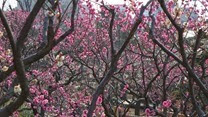 |
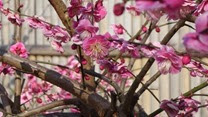 |
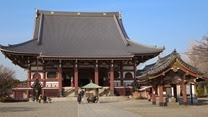 |
More ume is never a bad thing.
I had to get one more plum blossom trip in before the weather turned – there aren’t enough Tereuteru bozu in Tokyo to deal with the forecast for the next week. So I played hooky and headed for Ikegami, out in suburban Tokyo, home to one of Kanto’s most important Temples and a famous plum garden.
Ikegami Honmonji and Ikegami Baien sit atop a hill in a typically incongruous Tokyo sort of fashion. The surrounding area of Ota-ku (at least on the Nishi-Magome side, where I walked from) is rather ugly and industrial. You’d never know the Temple and garden are there until you’re almost on top of them, but the cover the entire hill and the contrast with the surrounding area is pretty stark.
Ikegami Baien was – as most Tokyo parks seem to be, especially on weekdays – absolutely overrun with elderly when I got there. Nevertheless the ume blossoms were quite beautiful – probably still just short of peak, I’d say, but getting close. Unlike many Tokyo gardens, this one was never a daimyo or wealthy merchant estate, but the studio of an Edo-jidai artist. In addition to about 370 plum trees it contains several traditional Japanese wooden buildings including a tea arbor, and a pretty little pond.
Just up the hill to the East is Ikegami Honmonji. Founded in 1282, it’s known as the spot where the great Priest Nichiren died. He passed away at the home of believer Ikegami Munenaka, and Ikegami Honmonji was founded on the site. It holds a huge ceremony for three days in October honoring Nichiren, and is one of the most important Temples in the powerful Nichiren sect of Buddhism. Small subtemples cover the hillside, and the main temple complex is quite large. The whole place almost puts me in mind of one of the great Nara Temples. While not as beautiful as the smaller Gokokuji or as touristy as the more famous Sensoji in Asakusa, it’s quite impressive for sheer scale. Like many large Tokyo Temples that have seen endless disasters it’s a hodge-podge of old and newer structures, the most important of which is the 406 year-old five-storied pagoda, the oldest in Tokyo.
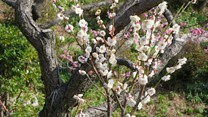 |
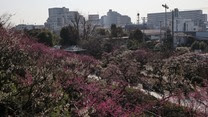 |
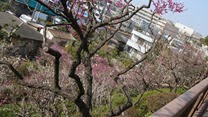 |
 |
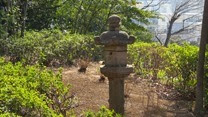 |
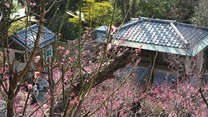 |
 |
 |
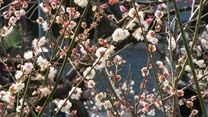 |
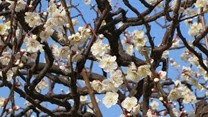 |
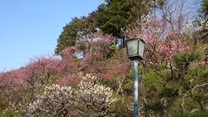 |
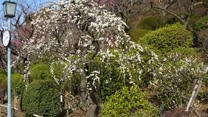 |
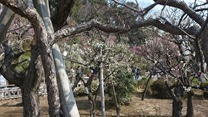 |
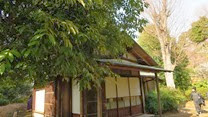 |
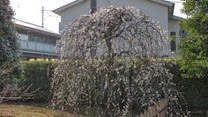 |
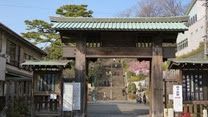 |
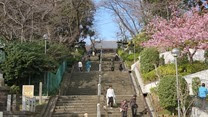 |
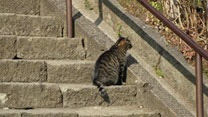 |
 |
 |
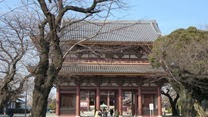 |
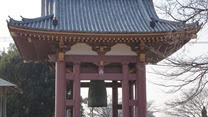 |
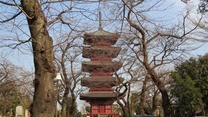 |
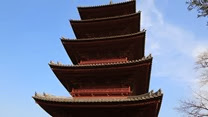 |
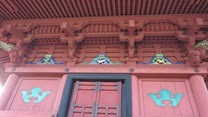 |
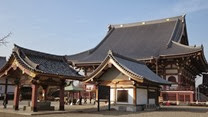 |
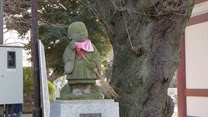 |


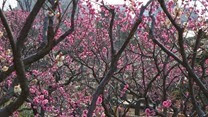
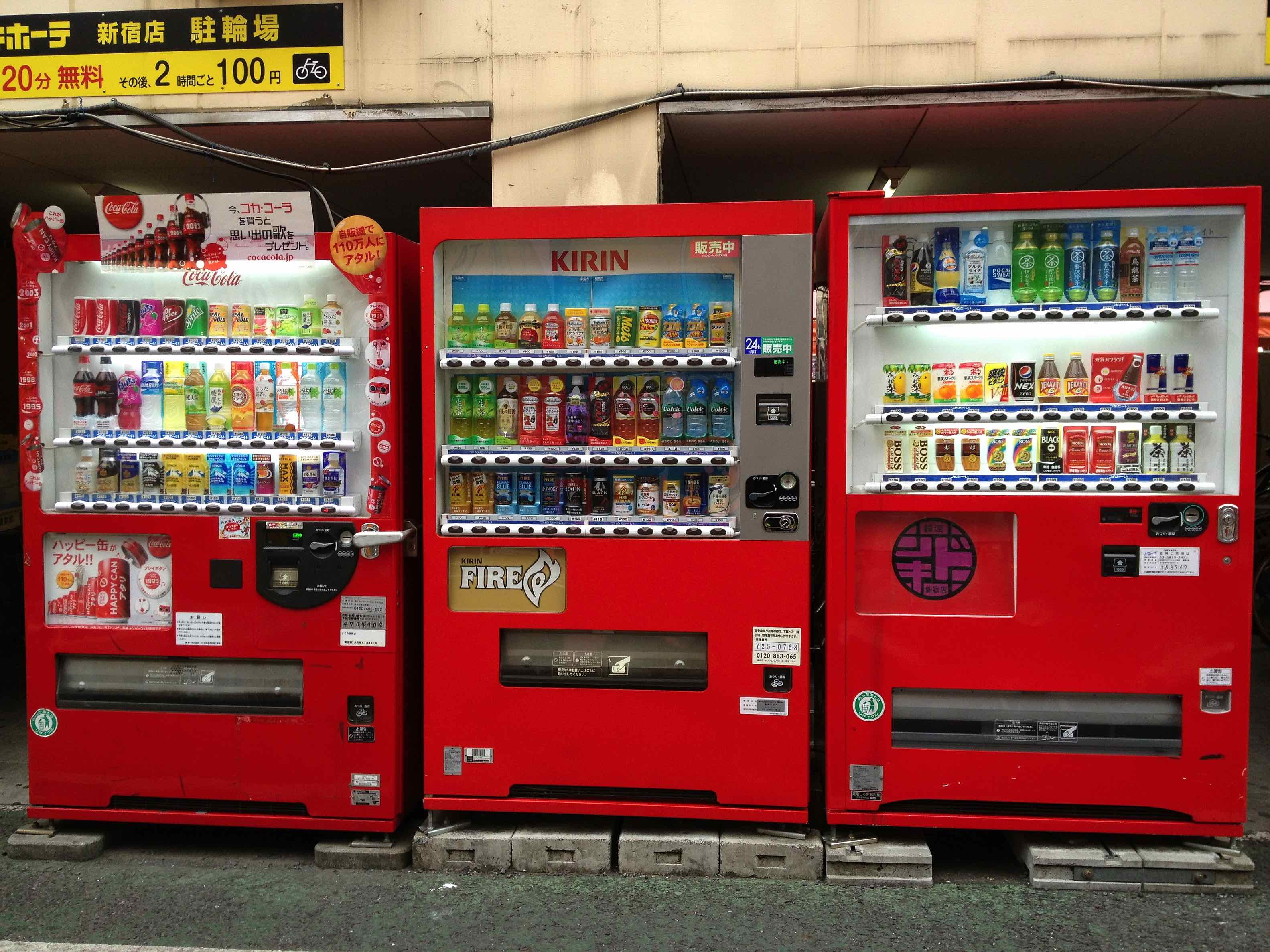
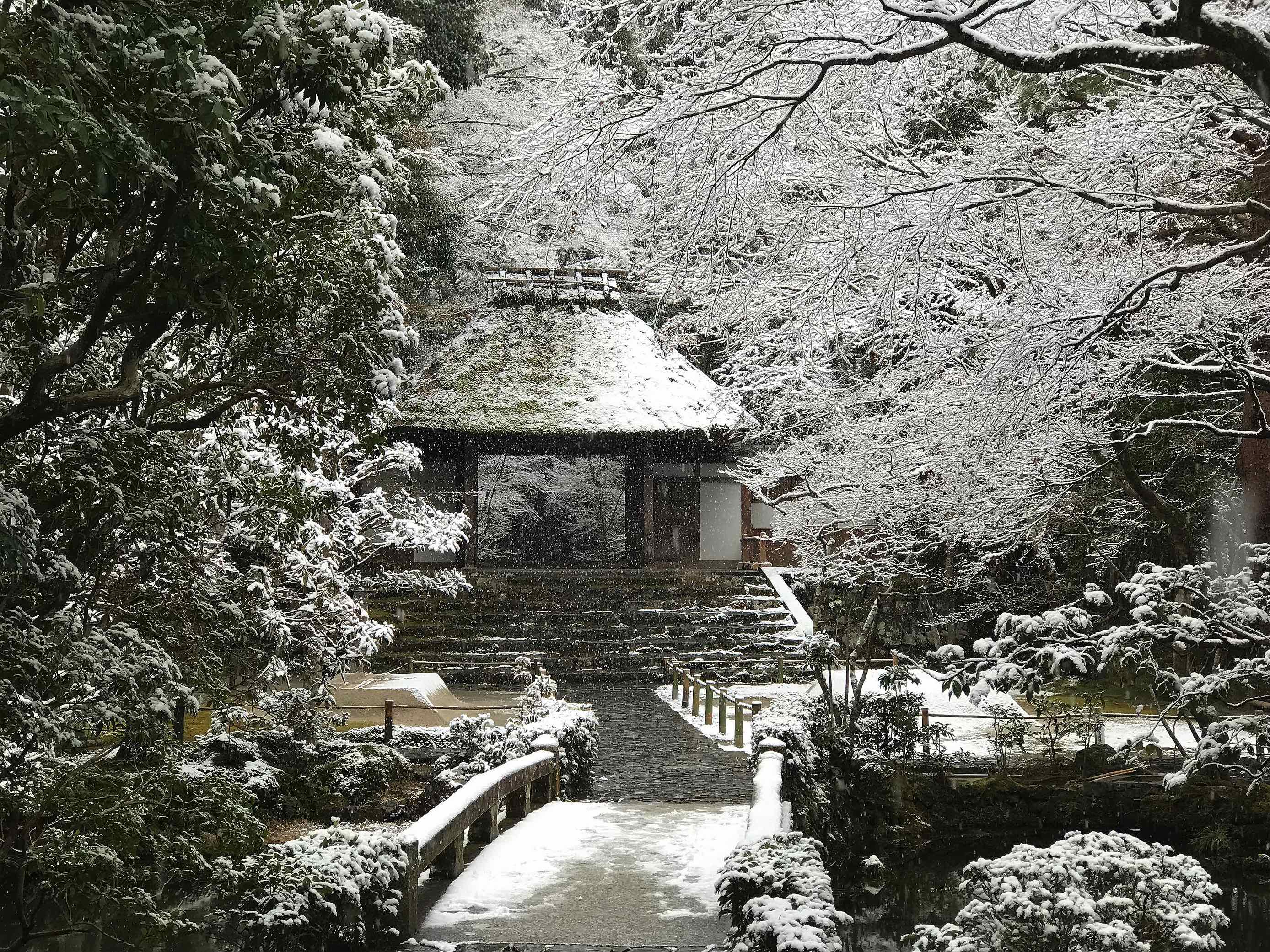
elianthos80
February 28, 2014 at 9:41 amHooray for ume indeed. And for naughty students skiping lessons for the sake of carpe diem of blossoming beauty :p.
I have some fuzzy memories about the Nichiren branch od Buddhism from Fosco Maraini's book. TL;DR it had a somehow… early Christian communities/way of life flavour… Buddhism 'for the lay people' in some ways ?
Proof note: in the last paragraph some links were lost in the copypasting. 'Just up the hill to the East is . [blank]' and in the very last line.
admin
February 28, 2014 at 10:42 amOkay… that was weird. No idea how that happened.
Not aware of any Christian-like elements of Nichiren… It's primarily known for the belief that humans can achieve enlightenment in this lifetime (largely through zealously chanting the Lotus Sutra) and for its hostility towards other "erroneous" types of Buddhism. It's also been a pretext for right-wing zealots over the centuries, although I don't think there's anything in the doctrine itself that would really justify that.